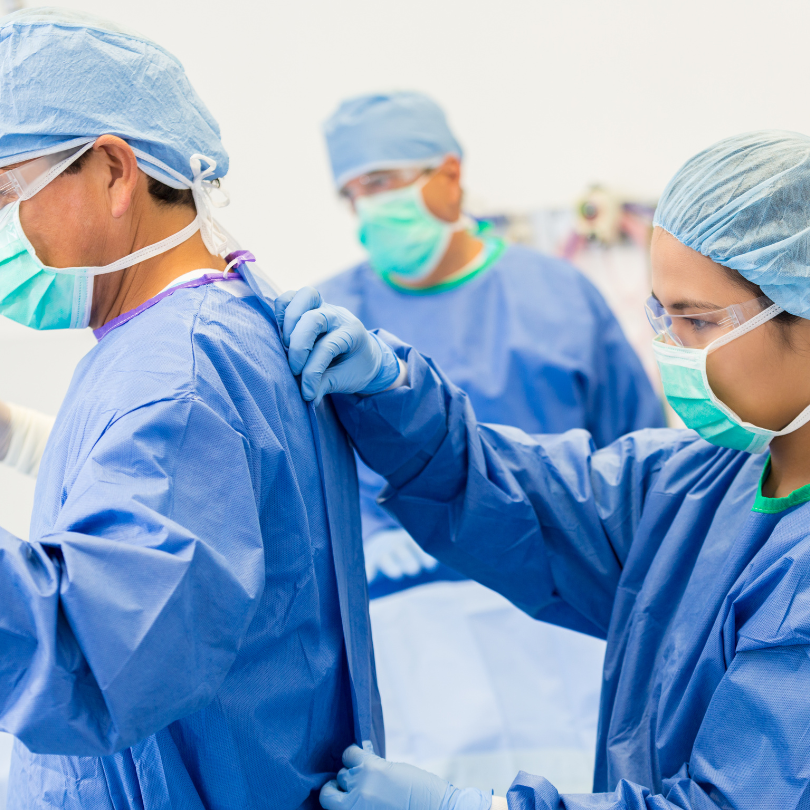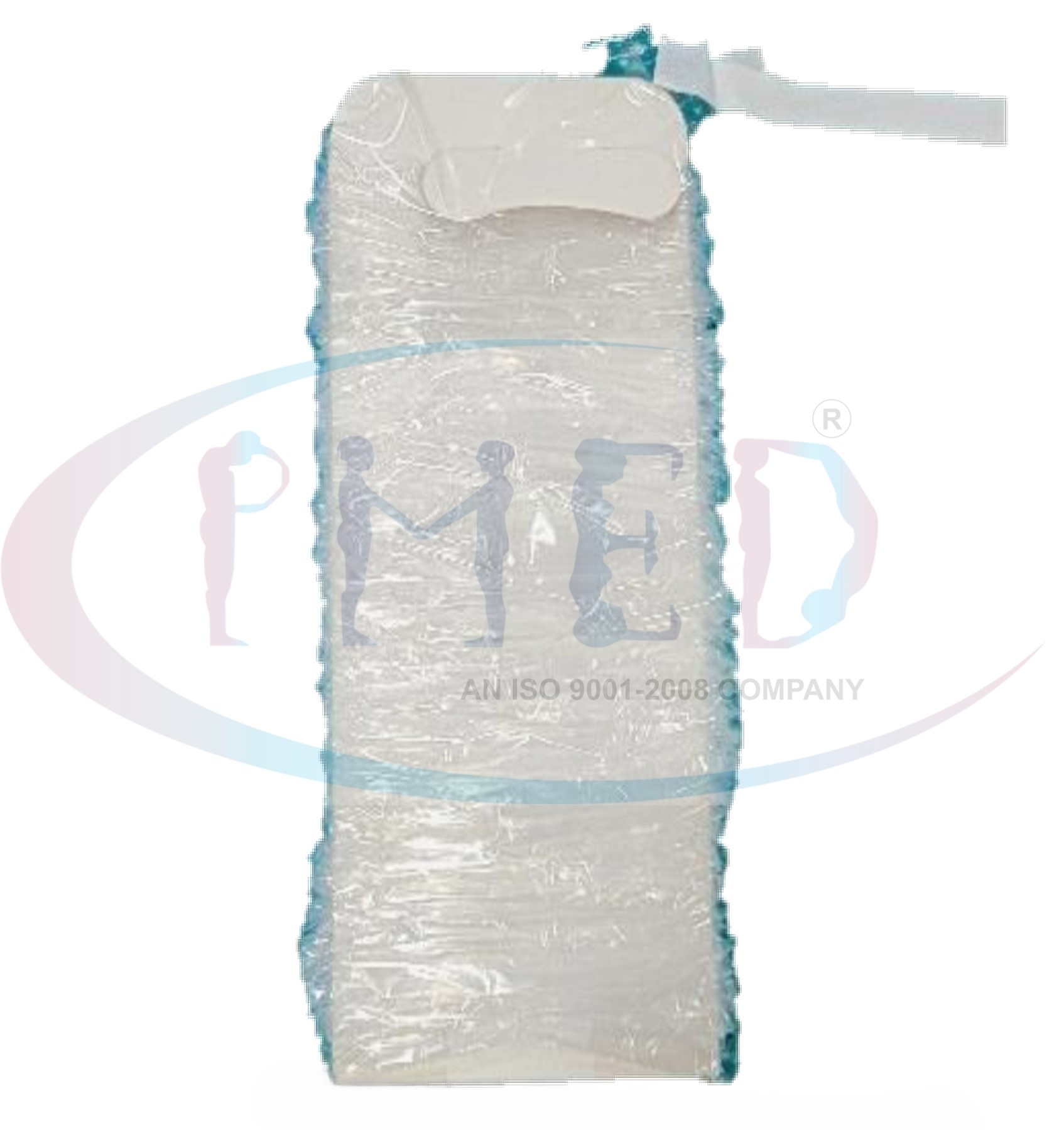Customer Support
+919871596367
Connect With Email
info@prakharmedics.com

Blog Post
OT Accessories


OT (Operating Theatre) accessories are essential tools and equipment used in surgical environments to enhance efficiency, safety, and effectiveness during surgical procedures. These accessories range from basic instruments to advanced technological devices. Here’s a detailed description of various OT accessories:
1. Surgical Instruments:
- Scalpels and Blades: Used for making incisions. They come in various sizes and shapes for different types of surgeries.
- Forceps: Used for grasping, holding, and manipulating tissues. Includes types like tissue forceps, dressing forceps, and artery forceps.
- Scissors: Designed for cutting tissues, sutures, or materials. Includes surgical scissors, Metzenbaum scissors, and Mayo scissors.
- Retractors: Used to hold back tissues or organs to provide better visibility and access during surgery. Examples are Balfour retractors and Gelpi retractors.
- Hemostats: Used to clamp blood vessels to control bleeding. Types include Kelly hemostats and mosquito hemostats.
2. Surgical Tables and Accessories:
- Operating Table: Adjustable table where the patient lies during surgery. Features include tilt, height adjustment, and different positioning capabilities.
- Table Pads and Positioners: Provide comfort and support for patients during surgery. Includes gel pads, foam positioners, and bean bag positioners.
- Armboards: Attached to the operating table to support the patient’s arms during surgery.
3. Lighting:
- Surgical Lights: High-intensity, shadow-free lights that provide clear visibility of the surgical site. Types include ceiling-mounted, wall-mounted, and mobile surgical lights.
- Headlights: Worn by surgeons to provide additional focused light on the surgical area.
4. Anesthesia Equipment:
- Anesthesia Machines: Deliver anesthetic gases to the patient to ensure they remain unconscious and pain-free during surgery.
- Ventilators: Assist or control the patient’s breathing during surgery.
- Anesthesia Masks and Tubing: Used to deliver anesthetic gases to the patient.
5. Monitoring Devices:
- Electrocardiogram (ECG) Monitors: Track the patient’s heart activity during surgery.
- Pulse Oximeters: Measure the patient’s oxygen saturation levels.
- Blood Pressure Monitors: Continuously monitor the patient’s blood pressure.
6. Sterilization Equipment:
- Autoclaves: Use steam to sterilize surgical instruments and accessories.
- Sterilization Trays and Containers: Hold and organize instruments during the sterilization process.
7. Drapes and Covers:
- Surgical Drapes: Sterile drapes used to cover the patient and surrounding areas to create a sterile field.
- Instrument Covers: Sterile covers for instruments that are not immediately in use but need to remain sterile.
8. Suction Devices:
- Suction Machines: Remove blood, bodily fluids, and debris from the surgical site.
- Suction Tips and Tubing: Attach to suction machines to provide precise control over fluid removal.
9. Electrosurgical Equipment:
- Electrosurgical Units (ESUs): Use electrical currents to cut tissue or control bleeding.
- Electrocautery Pens and Tips: Tools for applying electrical current to tissues.
10. Specialty Instruments:
- Laparoscopic Instruments: Used for minimally invasive surgeries. Includes laparoscopes, graspers, and scissors.
- Orthopedic Instruments: Specialized tools for bone and joint surgeries, such as bone saws, drills, and reamers.
- Neurosurgical Instruments: Precision tools for brain and spinal surgeries, including microsurgical instruments and retractors.
11. Disposables:
- Gloves: Sterile gloves worn by the surgical team to maintain a sterile environment.
- Surgical Gowns and Masks: Provide a barrier to prevent contamination.
- Syringes and Needles: Used for administering medications or drawing fluids.
12. Miscellaneous Accessories:
- Kick Buckets: Stainless steel buckets used to hold soiled sponges during surgery.
- Instrument Tables: Tables used to organize and hold instruments during surgery.
- Foot Pedals: Control various equipment hands-free, such as electrosurgical units and operating tables.















0 Comments